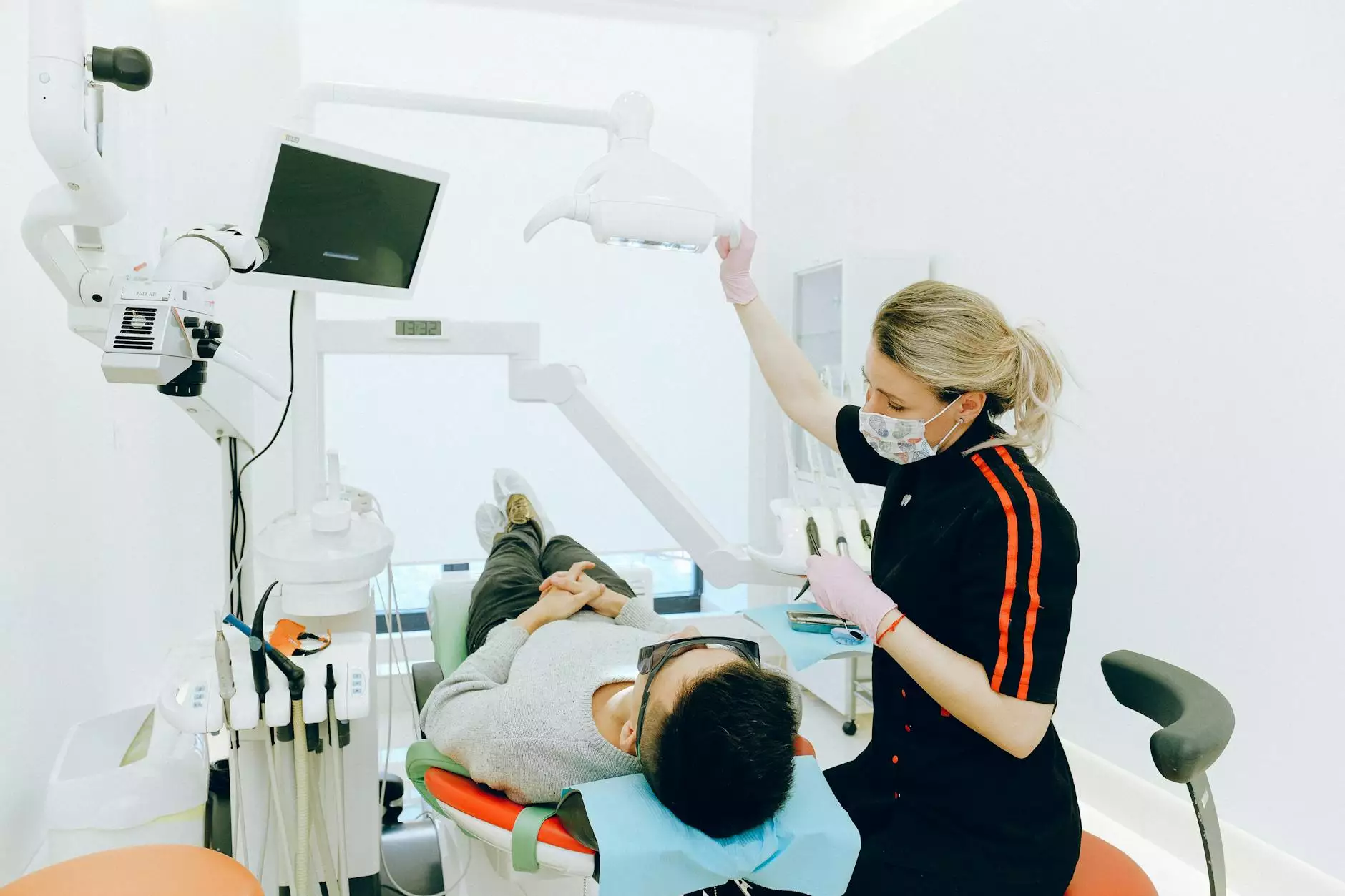Understanding High Arch Feet

High arch feet, also known as cavus foot, is a condition characterized by an excessive height of the arch of the foot. This anatomical trait leads to a variety of challenges, both in terms of foot health and overall well-being. Despite being less common than flat feet, high arches present their own unique set of issues that can significantly impact daily activities.
What Causes High Arches?
The causes of high arch feet can be broadly categorized into two groups: genetic factors and neuromuscular conditions.
- Genetic Factors: Many people are predisposed to high arches due to genetic traits inherited from their parents. This innate characteristic can manifest from a young age, often with little notice until complications arise.
- Neuromuscular Conditions: Certain medical conditions, such as Charcot-Marie-Tooth disease or cerebral palsy, can lead to the development of high arches as a result of nerve damage affecting muscle control.
Diagnosis of High Arch Feet
To diagnose high arch feet, a thorough physical examination and medical history review by a qualified podiatrist are crucial. The assessment typically involves:
- A visual examination of the foot's shape and structure.
- Analyzing walking patterns or gait to assess functional implications.
- X-rays to determine bone structure and alignment.
Impact of High Arch Feet on Health
The implications of high arches are multifaceted. While some individuals may experience no issues, many suffer from the following problems:
1. Pain and Discomfort
High arches often lead to excessive pressure on the ball and heel of the foot, resulting in discomfort or conditions such as:
- Plantar fasciitis: Inflammation of the plantar fascia, the tissue that runs along the bottom of the foot.
- Metatarsalgia: Pain in the ball of the foot due to concentrated pressure.
2. Increased Risk of Injuries
Individuals with high arches tend to have an altered gait, which can lead to a higher risk of injuries, such as:
- Stress fractures: Small cracks in bones usually caused by overuse.
- Ankle sprains: Due to instability of the foot structure.
3. Foot Deformities
Chronic high arch feet can lead to deformities like claw toes or hammertoes, where the toes bend in an unnatural way, causing further discomfort.
Management and Treatment Options
Fortunately, there are many ways to manage and treat high arch feet. Depending on the severity of the condition and associated symptoms, treatment options may include:
1. Orthotic Solutions
Custom orthotic devices can significantly alleviate pressure and improve foot function. These specialized shoe inserts are tailored to meet the unique contours of an individual’s foot, redistributing weight to reduce pain and discomfort.
2. Footwear Modifications
Choosing shoes with appropriate support is crucial. Look for:
- Roomy toe box: To accommodate any toe deformities.
- Cushioned soles: To absorb shock and reduce pressure on the heel and balls of the feet.
3. Physical Therapy
Engaging in targeted exercises can enhance muscle strength and flexibility. A physical therapist may guide you through:
- Stretching exercises that focus on tight calf muscles.
- Strengthening exercises for the intrinsic muscles of the feet.
4. Surgical Intervention
In severe cases, surgery may be necessary to address structural problems or alleviate pain. Common procedures can include:
- Osteotomy: Correcting bone alignment.
- Fusion: Stiffening joints that cause pain.
Preventive Measures for High Arch Feet
While it can be challenging to prevent the occurrence of high arches, certain proactive steps can help mitigate discomfort and complications:
- Maintain a Healthy Weight: Excess body weight can exacerbate foot pain.
- Choose Proper Footwear: Invest in quality shoes that provide the necessary support and cushioning.
- Stay Active: Regular low-impact exercises, such as swimming or cycling, can promote overall foot health.
Conclusion
Understanding high arch feet is essential for anyone affected by this condition. Recognizing the potential complications and actively engaging in treatment and preventive measures can lead to improved foot health and enhanced quality of life. Whether through orthotic solutions, modified footwear, or various therapies, numerous avenues exist to address the challenges posed by high arches. Consultation with a knowledgeable podiatrist like those at thefootpractice.com is crucial for tailored advice and intervention.
Further Reading
For more information, consider exploring:
- High Arch Feet - An In-Depth Look
- Podiatry Services at The Foot Practice
- Essential Foot Care Tips









